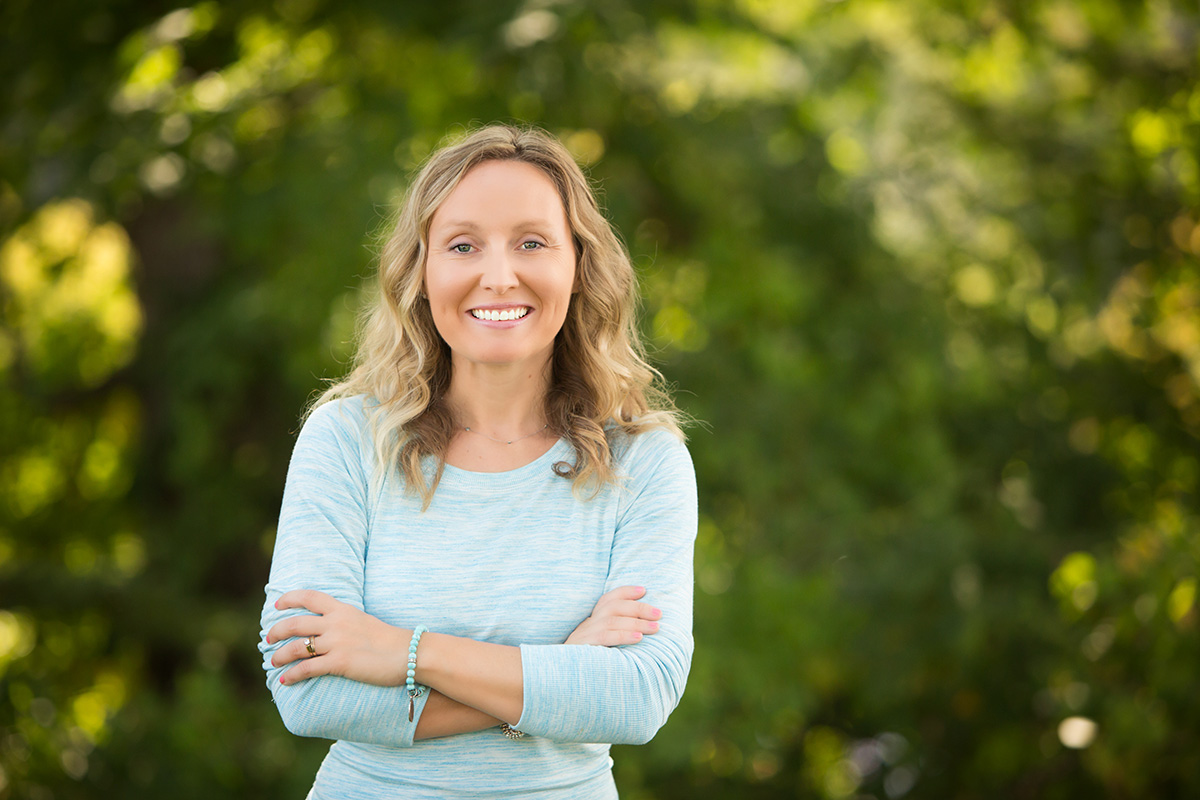Many of us notice a significant shift in energy levels and slight changes in mood when autumn hits and the daylight hours start slipping away. We now know that changes in light and temperature can actually change how our DNA gets expressed and result in alterations in hormones and neurotransmitters. (I was recently interviewed about this and how it may affect patterns of romantic relationships.) For most people, this is just a mild seasonal adjustment, but for some it can become debilitating which falls into the category of a diagnosable mood problem called Seasonal Affective Disorder, or SAD.
Be careful not to just categorize yourself as having SAD and talk to a licensed health care provider who can legally provide this diagnosis. A doctor will first rule out conditions that could explain your symptoms of fatigue and mildly depressed mood, such as low thyroid function. If you are actually diagnosed with SAD, the treatments will vary depending on both your individual case and the type of health care provider you see. You may be recommended to take medication, nutritional supplements and/or use a light box.
For most people, this change of seasons, results in slight fatigue and reduced motivation that I have found in my clinical practice to resolve with a combination of these 4 simple steps. To be clear, although there may be some overlap, this is not the treatment plan I use for patients who have been diagnosed with SAD.
1. Vitamin D
Although there are no clinical studies that I have seen conducted on ‘autumn fatigue’ and vitamin D, I have seen vitamin D supplementation be effective so many times in my practice. My clinic is located in Connecticut so I tend to bump up most people in their vitamin D dose in September. Although it may still be warm and sunny outside, the intensity of the sun and the amount of exposure most people get is reduced. I routinely use lab testing to make sure we are getting the right dose on vitamin D, because it is a fat soluble vitamin and there is a risk of toxicity if you take too much.
2. Exercise
In the summer, most people tend to be more active and spend more time at play. In the fall, we get busy and with that, physical activity becomes reduced. Exercise may seem counterintuitive when you feel tired, but I have found this to be one of the more effective ways to help boost energy levels. I’m not talking about a strenuous program, but just as simple as walking for 20-30 min daily, either early day, around lunch time or after dinner. For people who tend to start falling asleep earlier than they would like, I typically advise a brisk walk after dinner. For people who are tired in the afternoon, I advise walking outside in the morning to get light exposure which is a regulation cue to the body.
3. Hydration and Electrolytes
Summertime heat raises the risk of dehydration when it is really hot and humid, but in fall, as we retreat indoors and start using artificial heat, many people end up not drinking enough water. In some cases, I recommend adding electrolytes, and personally I drink a low sugar electrolyte formula most mornings and partially credit that to combating daytime fatigue.
4. Serotonin-boosting Foods
In SAD, people have trouble with lower levels of ‘available’ serotonin and this has been identified to occur in a very specific pathway. With people who are just experiencing mild fatigue, they may also have trouble with serotonin levels in a different way. I have found that consistently adding foods that contain compounds that are precursors for serotonin production can be helpful. The best foods for serotonin production are eggs, fish, poultry, cheese, nuts, seeds, soy, chickpeas, beets, bananas and oats.

